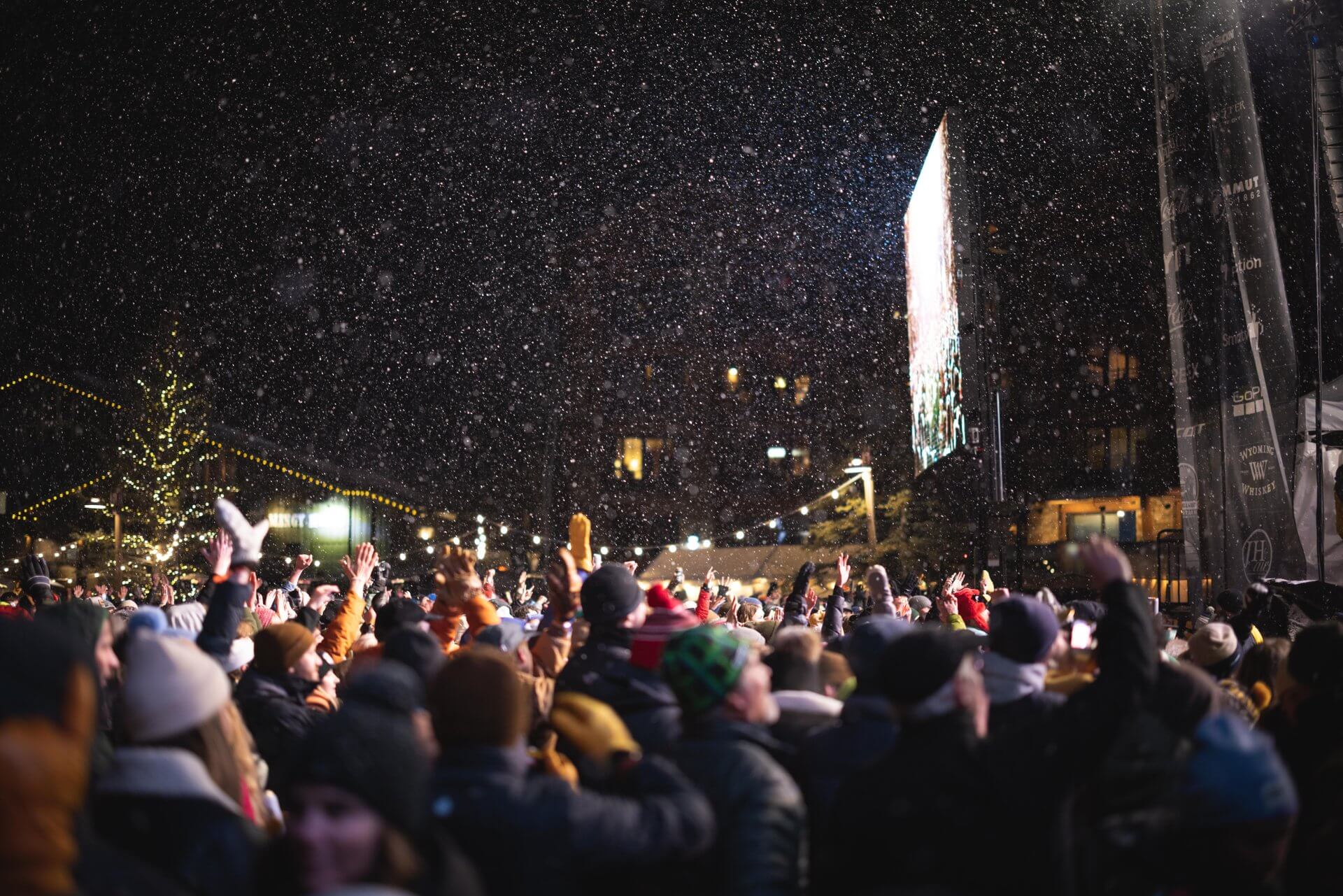A Tax with Tangible Benefits

Used thoughtfully, visitor-paid lodging taxes can improve the quality of life for locals, and even local landscapes.
Jackson Hole writer, Dina Mishev, gives us an in-depth look at lodging taxes nationwide.
Residents of Jackson Hole might have noticed fewer piles of dog poop on popular trails, ambassadors at busy trailheads, or the new amenities at the recently expanded Teton County Recreation Center (hello, indoor rock climbing!). Some may have appreciated the comfort of a bus shelter in the dead of winter. In Cheyenne, Wyoming, locals revel in the Celtic Fest, Spanish Fest, Frozen Fury on the Plains, and the Hell on Wheels Rodeo Series. Lake Placid, N.Y. residents enjoy upgrades to the town’s 1980 Olympic facilities. Oregon’s coastal towns breathe easier behind new seawalls and stormwater systems.
All were financed, at least in part, by lodging taxes.
Across the U.S., 48 states collect some form of lodging tax. These visitor-paid fees are designed to ensure that people who use a town’s amenities also help maintain them. Rules vary, but in Wyoming the system is fairly straightforward: a 5 percent statewide lodging tax generated $64 million in 2024. Sixty percent of that went to the Wyoming Office of Tourism, with the rest staying in the county where it was collected. In Teton County, that was $11.5 million back to the community.
A Tool for Tourism Management
Lodging taxes pay for what visitors use most—public safety, transportation, and sanitation. In Jackson Hole, the police, fire/EMS, and sheriff’s department all benefit. Using the funds this way is uncontroversial.
What sparks debate is using lodging tax money to market a destination already straining under visitor numbers. A 2025 report from the University of Wyoming’s Jay Kemmerer WORTH Institute found that 36 percent of Jackson Hole residents believe the drawbacks of tourism outweigh the benefits.
Communities are adapting. “In the past, lodging tax revenue was focused on putting heads in beds,” said Jackson mayor Arne Jorgensen. “But the Jackson Hole Travel and Tourism Board has shifted from this focus on promotion to adding a more nuanced message to include management and education. This helps visitors have a more authentic connection to Jackson Hole and enhances their experiences while they’re here. Locals benefit from better trails and campsites. The national parks and forests benefit by users treating them with more respect.”
A Shifting Perspective
Examples of this shift include hugely successful social media campaigns encouraging responsible wildlife viewing and discouraging geotagging—seen and shared millions of times. Even more impactful are JHTTB-funded ambassador programs. Since 2021, more than $3 million has gone to nonprofits including Friends of the Bridger-Teton, Friends of Pathways, the Jackson Hole Nordic Alliance, and the Teton Backcountry Alliance.
Ambassadors stationed at trailheads answer questions, remind campers about food storage, extinguish abandoned campfires, and pick up trash. Friends of the Bridger-Teton ambassadors alone have extinguished about 1,000 fires since 2021. In camping areas with ambassadors, there have been zero human-bear conflicts.
“While these are geared towards visitors, they’re also beneficial to our community, our wildlife, and our wildlands,” said Teton County Commissioner Wes Gardner. Mayor Jorgensen agreed: “Locals benefit from better trails and campsites. The national parks and forests benefit by users treating them with more respect.”
Crista Valentino, executive director of the JHTTB, puts it more broadly: “We want to harness the power of tourism for the betterment of the community—not just to improve the lives of locals, but also to take care of the wildlands they love.”
Giving Locals More for Less
Visitor spending through lodging and sales taxes directly reduces what residents owe. In Teton County, without lodging tax collections, each household would have to pay almost $9,000 more in taxes to maintain the same level of public services.
Lodging tax revenue also supports events and amenities that make communities more livable. “We sponsor events to ensure that our community stays vibrant,” said Domenic Bravo, president and CEO of Visit Cheyenne. “If you make a destination where people want to live, visitors will obviously want to visit.”
In Vail, Colo., the tax pays for an annual community potluck that “celebrates people who live and work in Vail,” said Mia Vlaar, the town’s economic development director. In Bend, Ore., more than $3.3 million in lodging tax revenue has gone to local organizations for trails, public art, and festivals.
In Jackson, resident Juniper Lopez-Troxel said the lodging tax has exposed her two children to experiences in music, art, and sports they otherwise wouldn’t have had—and for free. “It provides opportunities for us as a community, and for all ages,” she said.
Filling the Gap, and a Possible Fix
In Wyoming, lodging taxes are increasingly critical. The state legislature recently capped what local governments can levy in property taxes, leaving both the Town of Jackson and Teton County with multimillion-dollar budget deficits. Without lodging tax revenue, the gaps would be even larger.
Counties can add up to another 2 percent with voter approval. Seventeen Wyoming counties levy the additional 2 percent local lodging tax, approved by voters every four years. Laramie County has had one since 1986, and Bravo credits it with helping the county thrive. “We couldn’t deliver what we do now without that extra 2 percent,” he said. The measure consistently passes with about 70 percent of the vote.
Teton County, despite being the source of $27 million of the state’s $64.1 million in FY 2024 collections, has not enacted a local lodging tax. If it did, the result would be roughly $2 million each for the Town of Jackson and Teton County, and about $6 million for the JHTTB.
In an era when tourism pressures communities as much as it sustains them, lodging taxes are emerging not just as a financial tool but as a civic one—a way for resort towns to balance vibrancy with sustainability, and to make sure that locals, not just visitors, feel at home.